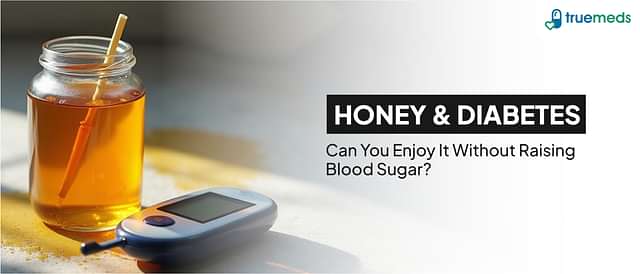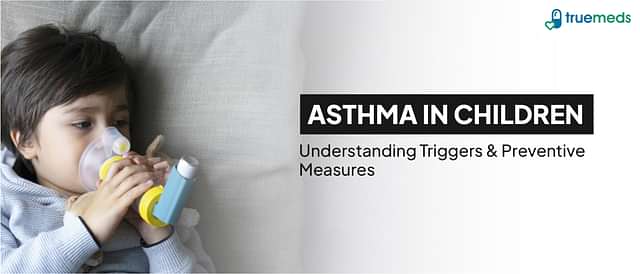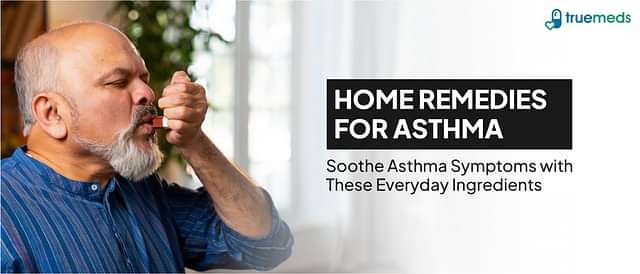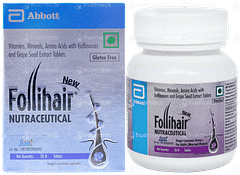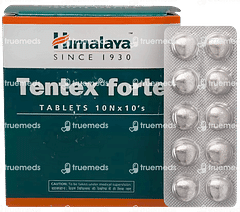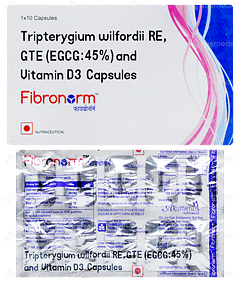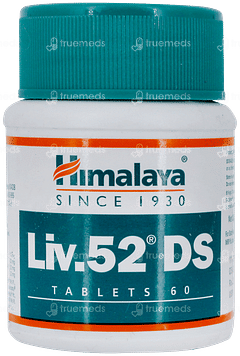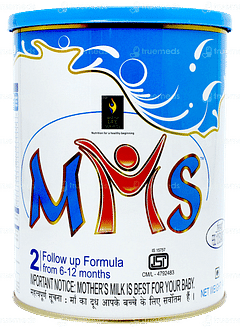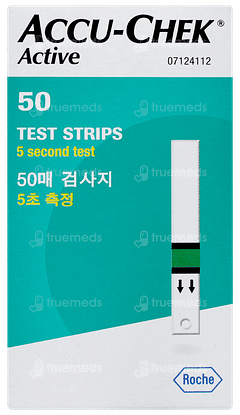Angioedema
Angioedema is a condition characterised by swelling under the skin caused by fluid leakage from small blood vessels. It can be triggered by allergic reactions, certain medications, or hereditary factors, and the swelling can affect various body parts. Depending on the type of angioedema, symptoms may include itchy, red, or burning sensations. Sometimes, the swelling can be life-threatening if it affects the airways.
Last updated on : 29 Nov, 2024
Read time : 12 mins
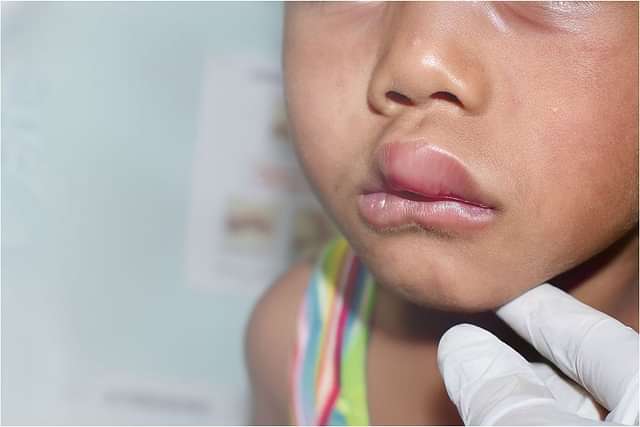
Overview of Disease
Angioedema is a medical condition where small blood vessels leak fluid into the tissues beneath the skin, resulting in swelling. This swelling can affect various parts of the body, such as the face, hands, feet, and throat. Angioedema often develops as a result of an allergic reaction and is frequently accompanied by hives (urticaria). While the condition can be uncomfortable and alarming, understanding the different types of angioedema can help in managing symptoms. Understanding the causes of angioedema is also important for seeking appropriate treatment.
What Is Angioedema?
Angioedema is characterised by sudden swelling under the skin, which can be either itchy or painless. The swelling occurs when small blood vessels beneath the skin's surface leak fluid into the surrounding tissues. This leakage can be triggered by various factors, such as allergies, medications, or genetic predisposition.
Angioedema can affect any part of the body, but it most commonly occurs in the face, tongue, throat, hands, and feet. In some cases, the swelling can be severe and potentially life-threatening, especially if it affects the airways. To properly diagnose and treat angioedema, it is essential to understand the different types of the condition and their underlying causes.
Key Factors about Angioedema
| Category | Details |
| Also Referred as | Angiooedema, Quincke's oedema, Angioneurotic oedema |
| Commonly Occurs In | Face, Lips, Eyes, Tongue, Throat, Hands, Feet, Genitals |
| Affected Organ | Skin, Mucous Membranes, Respiratory Tract (Larynx), Gastrointestinal Tract |
| Type | Acute Allergic, Non-allergic, Hereditary, Idiopathic |
| Common Signs | Swelling, Redness, Itchiness, Burning Sensation, Rash |
| Consulting Specialist | Allergist, Dermatologist, Immunologist, Emergency Medicine Physician |
| Treatement Procedures | Antihistamines, Corticosteroids, Epinephrine, C1 Esterase Inhibitor, Ecallantide, Icatibant, Fresh Frozen Plasma |
| Managed By | Antihistamines, Corticosteroids |
| Mimiciking Condition | Anaphylaxis, Abscess, Contact dermatitis |
Types of Angioedema
There are several types of angioedema, each with its own set of causes and characteristics:
Allergic Angioedema
Caused by an allergic reaction to foods, medications, or environmental factors
Symptoms include pink or red itchy rashes and swelling under the skin that feels itchy, hot, tingly, or burning.
Idiopathic Angioedema
Has no identifiable cause
Characterised by large swollen areas under the skin that may look red and feel itchy, hot, tingly, or uncomfortable
ACE Inhibitor-Induced Angioedema
Caused by a specific class of blood pressure medications called Angiotensin-Converting Enzyme (ACE) inhibitors
Symptoms include swelling that affects the face, tongue, and throat, is not itchy or painful, and hives do not develop
Hereditary Angioedema (HAE):
A rare genetic condition occurring in approximately 1 in 50,000 people
Symptoms include swelling in various body parts, such as the hands, feet, face, intestinal wall, and airways
Swelling in the upper airway can be life-threatening
By understanding the different types of angioedema and their associated symptoms, individuals can work with their healthcare providers. They help to develop an appropriate management plan and minimise the risk of complications.
Symptoms of Angioedema
Angioedema is characterised by the sudden onset of swelling below the skin's surface, typically lasting up to 3 days before resolving on its own. The main symptoms include:
Swollen Skin: Swelling that develops below the skin's surface, often affecting the hands, feet, eyes, lips, or genitals.
Red Welts: Red, painful, and sometimes itchy areas that suddenly appear, especially near the eyes and lips, but also on the hands, feet, and inside the throat.
Discomfort: Burning, itchy, or generally uncomfortable skin sensations.
Respiratory Issues: In severe cases, swelling of the throat and airways can cause breathing difficulty, hoarseness, or a tight or swollen throat.
It's essential to recognise the symptoms of angioedema to seek prompt medical attention, especially if the swelling affects the throat or causes difficulty breathing.
Causes of Angioedema
Angioedema can be caused by a variety of factors, ranging from allergic reactions to hereditary conditions. Some of the most common causes include:
Allergic reactions to certain foods (e.g., shellfish, dairy, nuts, eggs, and berries), medications (e.g., nonsteroidal anti-inflammatory drugs (NSAIDs), angiotensin-converting enzyme (ACE) inhibitors, antibiotics, and aspirin), and environmental allergens (e.g., pollen, animal dander, and insect bites)
Hereditary angioedema, a rare genetic condition affecting approximately 1 in 10,000 to 1 in 50,000 people worldwide
Idiopathic angioedema, where no specific cause can be identified
Other factors, such as certain autoimmune diseases (e.g., lupus), leukaemia, and infections
Identifying the underlying cause of angioedema is crucial for developing an effective treatment plan and minimising the risk of future episodes. However, some individuals may be more susceptible to developing angioedema due to various risk factors.
Risk Factors
Several factors can increase an individual's risk of developing angioedema, including:
Having a history of hives or angioedema
Experiencing a body-wide allergic reaction in the past
Injury
Sudden temperature changes
Stress or anxiety
Undergoing a dental procedure
Having ovarian cysts
Being female, as women are more commonly affected than men
By being aware of these risk factors, individuals can take steps to minimise their chances of experiencing angioedema. If you think you might be at higher risk for angioedema, talk to a healthcare professional. They can give you personalised advice and guidance.
Complications
Angioedema can lead to several serious complications, particularly if the swelling affects the throat or airways. Some of the potential complications include:
Airway Occlusion: Swelling in the throat and airways can block the airway, causing respiratory distress and potentially leading to death from asphyxiation.
Respiratory Difficulty: If the swelling affects the throat, sudden or rapidly escalating breathing problems, noisy breathing, and dizziness can occur.
Cardiovascular Problems: In anaphylaxis, a severe allergic reaction associated with angioedema, blood pressure may drop suddenly, leading to cardiovascular complications.
Hereditary Angioedema: This rare, genetic form of angioedema can cause life-threatening swelling in the upper airway, digestive tract, and other organs.
Prompt recognition and appropriate management of angioedema are crucial to prevent these potentially life-threatening complications. Seeking immediate medical attention is essential if you experience any signs of airway obstruction or difficulty breathing.
Prevention of Angioedema
Preventing angioedema involves identifying and avoiding potential triggers, which vary depending on the type of angioedema:
Allergic Angioedema: Identify and avoid allergens such as foods (e.g., shellfish, dairy, nuts), medications (e.g., ACE inhibitors, NSAIDs), and other substances that trigger allergic reactions.
Medication-induced Angioedema: Avoid using medications known to cause angioedema, such as ACE inhibitors and NSAIDs. If these medications are necessary, monitor for early signs of angioedema and promptly report any symptoms to your doctor.
Hereditary Angioedema: Manage triggers such as emotional stress, alcohol, hormonal changes, and trauma to minimise the chances of angioedema. Work with your healthcare provider to develop an individualised prevention plan.
In addition to avoiding triggers, it is important to have an emergency action plan in place. This is important, especially for those with a history of severe angioedema or anaphylaxis. This may include carrying an epinephrine auto-injector and wearing a medical alert bracelet.
Diagnosis & Tests
Diagnosing angioedema typically involves a combination of clinical evaluation and laboratory tests. Your doctor will perform a thorough assessment to determine the underlying cause and rule out other conditions. The diagnostic process may include:
Physical Examination: A visual assessment of the affected skin or mucous membranes to identify swelling and other associated symptoms.
Medical History: Providing a detailed medical history to help identify potential triggers and rule out other underlying conditions.
Blood Tests: Laboratory tests, such as complete blood counts and blood chemistry, help identify the cause of the condition. Specific tests for inflammatory markers are also used to rule out other conditions.
Imaging Studies: In some cases, imaging studies like computed tomography (CT) scans or endoscopy may be used to evaluate internal organs for swelling.
Your doctor may also refer you to an allergy specialist or immunologist for further evaluation and management. This is important, especially if the cause of your angioedema is unclear or if you have a history of severe or recurrent episodes. An accurate diagnosis is essential for developing an effective treatment plan and preventing future occurrences of angioedema.
Treatment & Management
The management of angioedema depends on the underlying cause. Treatment lines for angioedema can be broadly categorised into two groups: histamine-mediated and bradykinin-mediated.
For histamine-mediated angioedema, the following treatment options are available:
Antihistamines: These include medications such as cetirizine, desloratadine, fexofenadine, levocetirizine, and loratadine.
Corticosteroids: Steroids like hydrocortisone and methylprednisolone can help reduce inflammation.
Epinephrine: This is used in severe cases or when there is respiratory distress.
In the case of bradykinin-mediated angioedema, the following treatments may be considered:
C1 Esterase Inhibitor Concentrate: This plasma-derived medication helps regulate the complement system.
Icatibant: This bradykinin-receptor antagonist can be effective in managing symptoms.
Tranexamic Acid: This medication is particularly useful for ACE inhibitor-induced angioedema.
Fresh Frozen Plasma (FFP): FFP can be used as a source of C1 esterase inhibitor.
The choice of treatment depends on the severity of the condition and the patient's response to the initial management.
Medication for Angioedema
Various medications are used in the treatment of angioedema, depending on the underlying cause. The most common salts used for treatment include:
Antihistamine salts:
Cetirizine
Desloratadine
Fexofenadine
Levocetirizine
Loratadine
Steroid salts:
Hydrocortisone
Methylprednisolone
Other salts:
Tranexamic acid
These medications help to reduce the severity of symptoms and prevent further episodes of angioedema. However, consulting a doctor for proper diagnosis and treatment is crucial, as some cases may require more intensive management.
Living with Disease
Living with angioedema can be challenging, but understanding the key factors that impact your condition can help you manage it effectively. Here are some important aspects to consider:
Identifying and Avoiding Triggers: Keep a journal to track potential triggers, such as certain foods, medications, or stressors. This can help you prevent or minimise attacks.
Adjusting Your Diet: If you notice that specific foods trigger your symptoms, consider eliminating them from your diet. Common culprits include fish, dairy, peanuts, onions, and garlic.
Managing Stress: Stress and anxiety can exacerbate angioedema. Practice stress-reduction techniques like mindfulness meditation, deep breathing exercises, or engage in relaxing hobbies.
Prioritising Self-Care: Ensure you get enough sleep, maintain a balanced diet, and engage in regular, low-impact exercise. Take breaks when needed and listen to your body's signals.
In addition to lifestyle changes, working closely with your healthcare team is essential for managing angioedema effectively.
When to See a Doctor?
It is important to recognise when symptoms of angioedema persist or worsen over time, as this indicates the need to consult a doctor. Some key factors that should prompt you to seek medical attention include:
Persistent or severe swelling
Difficulty breathing
Recurring episodes of swelling
Swelling that affects the face, lips, tongue, or throat
Allergic reactions or anaphylaxis
Known triggers, such as medications or food allergies
If you experience any of these symptoms or have concerns about your condition, it is essential to reach out to a healthcare professional for proper evaluation and treatment. Early intervention can help prevent complications and ensure effective management of angioedema. By understanding the key takeaways about this condition, you can be better prepared to address it if it arises.
Key Takeaways
Angioedema can be categorised into four main types: Histaminergic, Bradykinin-mediated, Hereditary, and Acquired.
Treatment involves the use of various medications, such as antihistamines (first-line for histaminergic angioedema), corticosteroids (for severe cases), fresh frozen plasma, antifibrinolytics, C1 esterase inhibitors, ecallantide, icatibant, danazol, and tranexamic acid, depending on the specific type of angioedema.
Hereditary angioedema is treated with C1 inhibitor concentrate, ecallantide, or icatibant for acute attacks, and C1 inhibitors and androgens for long-term prophylaxis.
Acquired angioedema may require rituximab, chemotherapy, and, in some cases, splenectomy. ACE inhibitor-induced angioedema is managed by discontinuing the offending medication and using antihistamines, epinephrine, and glucocorticoids.
It is crucial to seek medical attention if symptoms persist, worsen, or experience difficulty breathing. Also, seek help if you have recurring episodes, swelling affecting the face, lips, tongue, or throat, allergic reactions, or known triggers.
Early intervention and proper management can help prevent complications and ensure effective treatment of angioedema.
FAQs
Is Angioedema a medical emergency?
Yes, angioedema can be a medical emergency, as it may lead to acute airway compromise requiring immediate stabilisation.
Can angioedema be life-threatening?
Angioedema can be life-threatening, particularly when laryngeal oedema occurs, potentially causing acute respiratory failure and death if not promptly managed.
What measures can be taken to prevent angioedema?
Preventing angioedema involves identifying and avoiding triggers, managing underlying conditions, and exercising vigilance. It is important, especially for patients on ACE inhibitors who are at higher risk.
How serious is angioedema?
Angioedema can be very serious, potentially causing significant morbidity and mortality if not properly managed, particularly when affecting the airway or gastrointestinal tract.
How do you fix angioedema?
Treating angioedema involves several steps. First, it is crucial to secure the airway. Next, it is important to distinguish between histamine-mediated and bradykinin-mediated forms of angioedema. Appropriate medications, such as epinephrine, antihistamines, corticosteroids, or specific therapies like C1-INH replacement, should then be administered based on the type of angioedema.
References
American Academy of Allergy, Asthma & Immunology. (n.d.). Angioedema defined. https://www.aaaai.org/tools-for-the-public/allergy,-asthma-immunology-glossary/angioedema-defined
Australasian Society of Clinical Immunology and Allergy. (n.d.). Angioedema FAQs. https://www.allergy.org.au/patients/skin-allergy/angioedema
Busse, P. J., & Smith, T. (2017). Histaminergic angioedema. Immunology and Allergy Clinics of North America, 37(3), 467-481. https://doi.org/10.1016/j.iac.2017.03.001
Ghably, J., Saleh, H., Vyas, H., Peiris, P., Misra, N., & Krishnaswamy, G. (2015). Paul Ehrlich's mastzellen: A historical perspective of relevant developments in mast cell biology. Methods in Molecular Biology, 1220, 3-10. https://doi.org/10.1007/978-1-4939-1568-2_1
NHS Inform. (2023). Angioedema. https://www.nhsinform.scot/illnesses-and-conditions/skin-hair-and-nails/angioedema/
Zuraw, B. L. (2008). Hereditary angioedema. New England Journal of Medicine, 359(10), 1027-1036. https://doi.org/10.1056/nejmcp0803977
Check Related Salts
Browse Other Conditions
Latest health articles
Top Health Essentials
Disclaimer
Top-Selling Medicines:
...View more
Top-OTC medicines:
...View more
Company
About UsHealth ArticleHealth StoriesDiseases & Health ConditionsAll MedicinesAll BrandsNeed HelpFAQSubscribe
Registered Office Address
Grievance Officer
Download Truemeds

Contact Us
Our customer representative team is available 7 days a week from 9 am - 9 pm.
v3.7.8
Our Payment Partners














